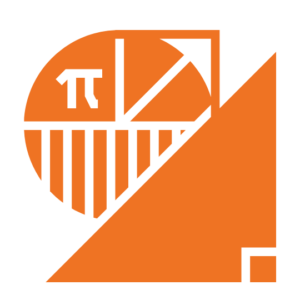
Description
The Mathematical Generalizing Performance task introduces students to the steps for developing proof-related competencies with a variety of mathematical areas.
This task requires students to think and operate within the constraints of mathematical reasoning and proof, and to develop cogent arguments within the context of mathematical representations (algebraic, graphical, geometric, and tabular). These are non-trivial tasks and require students to think in sophisticated ways about what does and does not constitute an accurate proof, and the distinction between using empirical examples to provide evidence that a claim is true and the production of an argument that shows the claim is true in all cases.
Opportunities for Student Choice
This task is not design to provide a choice as to the patterns that students will be exploring; these should be provided by the teacher as part of the task. However, throughout the process of generalizing patterns, students will need to choose between mathematical representations. A pattern can be represented in multiple ways (algebraic, geometric, or pictorial); some representations may be easier to use as a basis for proving or refuting a claim than others.
Authentic Task
These tasks introduce students to the kinds of reasoning used by mathematicians to determine the validity of claims. While the content of these tasks is strictly mathematical and does not involve “real-world” situations, the types of arguments that students must generate in order to complete these tasks are authentic in that they provide a window into the rules that real mathematicians use to advance the field.
Opportunities for Exhibition to an Audience
Students are expected to work closely with one another as they complete these tasks, and may be required to present their work more formally to the rest of the class once they are finished. However, as the content within these tasks is strictly mathematical and aligned with the CCLS standards, it is not suggested that students present their work in an assembly, letter to the editor, blog, or other form of exhibition to an audience outside of the classroom.
Grade Level Exemplars/Models
Grade Level Adaptations
3-4 Levels below High School:
Student learning might focus on using empirical examples to make sense of what a claim is saying and to probe whether a claim could be true or not.
2 Levels below High School:
Student learning might focus on how to represent numerical/empirical patterns in a more general way. If students are having a difficult time determining which representation to use, teachers should be prepared to help students choose a useful representation.
High School:
Student learning might focus on constructing a valid mathematical argument, articulating why this argument is valid, and extending the argument to a more general domain when applicable.
Teacher Resources
Resource detailing the steps of constructing a valid mathematical argument:
Resources detailing different ways of presenting and critiquing mathematical arguments and reasoning:
- http://www.regentsprep.org/Regents/math/geometry/GP3/styleofproof.htm
- http://www.nctm.org/Publications/Teaching-Children-Mathematics/2016/Vol22/Issue7/Promoting-Mathematical-Argumentation/
- http://www.insidemathematics.org/common-core-resources/mathematical-practice-standards/standard-3-construct-viable-arguments-critique-the-reasoning-of-others#panel10
- http://www.3plearning.com/making-sense-mathematics-reasoning-2/
Resource for helping teachers (and students) understand mathematical generalizing, with problem sets, comments, and reflection questions. (From the Open University):
Resource for helping teachers to identify formal aspects of mathematical proofs:
Formative Tasks















